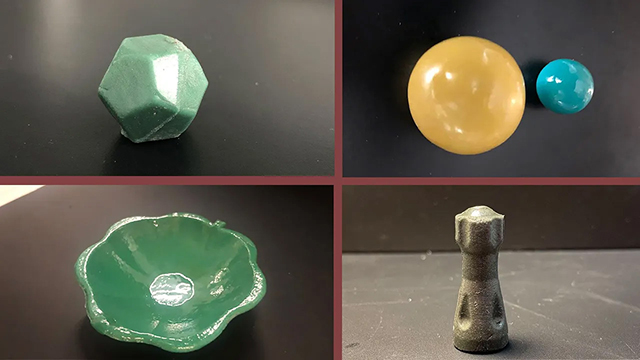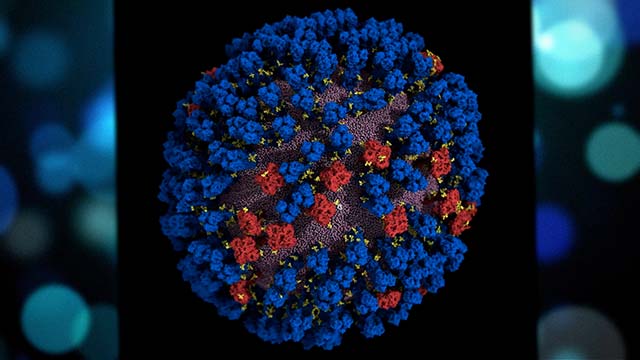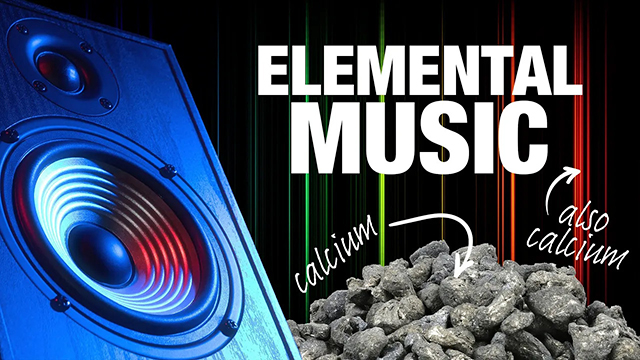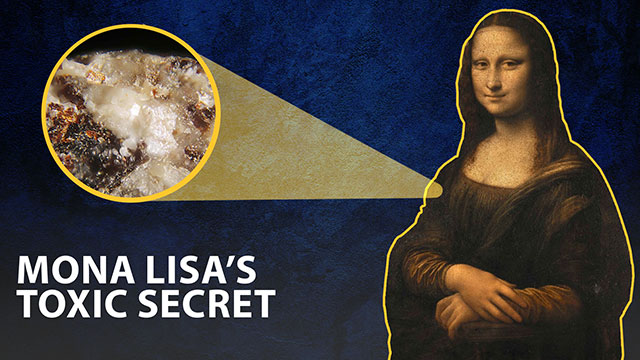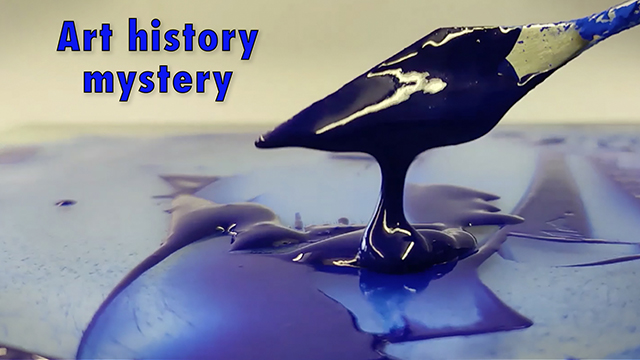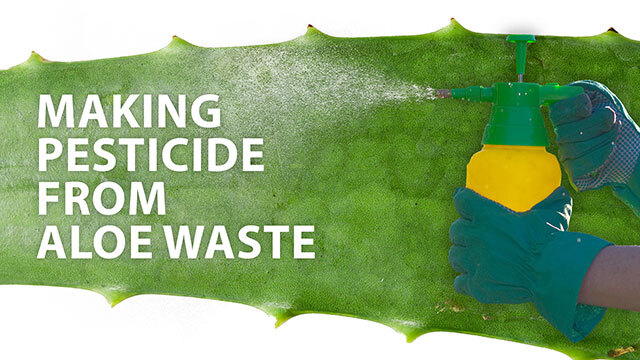This year’s Nobel Prize in Chemistry is for quantum dots, the tiny particles lighting up TV screens, LEDs, medical imaging and more. Three scientists are sharing the prize: Moungi G. Bawendi, Louis E. Brus and Alexei I. Ekimov. Together, these scientists colored the future of nanoscience.
Credits:
Hosted by Elise Kim
Written and produced by Kerri Jansen
Edited by Darren Weaver, Elaine Seward and Janali Thompson
Fact-checked by Rigoberto Advincula and Samantha Jones
Executive produced by Matthew Radcliff
Laureate illustrations by Ill. Niklas Elmehed © Nobel Prize Outreach
Quantum dots synthesis illustration adapted from art by Johan Jarnestad/The Royal Swedish Academy of Sciences
Papers shown:
“Quantum size effect in three-dimensional microscopic semiconductor crystals” (translated)
Journal of Experimental and Theoretical Physics Letters
A. I. Ekimov; A. A. Onushchenko, 1981
“Quantum size effects in redox potentials, resonance Raman spectra, and electronic spectra of CdD crystallites in aqueous solution”
The Journal of Chemical Physics
R. Rossetti; S. Nakahara; L.E. Brus, 1983
DOI: 10.1063/1.445834
Additional images:
“Prospects of Nanoscience with Nanocrystals”
ACS Nano
DOI: 10.1021/nn506223h
“Quantum Dot-Based Dual-Color In Situ Fluorescence Imaging of the Coevolution of CD68 and CD47 in Breast Cancer”
ACS Applied Nano Materials
DOI: 10.1021/acsanm.1c03816
Additional video: Shutterstock, Storyblocks
Transcript
Elise Kim: This year’s Nobel Prize in Chemistry is for quantum dots, the tiny particles lighting up TV screens, LEDs, medical imaging and more. Three scientists are sharing that prize: We have Moungi Bawendi, Louis Brus and Alexei Ekimov.
Quantum dots are kind of weird. They’re tiny semiconductor crystals, about a million times smaller than a pinhead. They’re so teeny-tiny that they have unusual properties. The smallest dots emit blue light. Larger ones emit red light. It all depends on the particle’s size. Why? Because quantum mechanics!
Quantum dots make our screens more colorful, help doctors see cancer tumors, and even make solar cells more efficient. Scientists used to think making quantum dots would be impossible. Dr. Ekimov and Dr. Brus were the first to observe and make quantum dots in the 1980s. Dr. Bawendi invented a practical way to make better quantum dots, which meant they could be used more widely. Together, these scientists illuminated a surprising new material and colored the future of nanoscience.
To embed this video, please visit YouTube and use the Share function.

